India: where women do the hard work
-
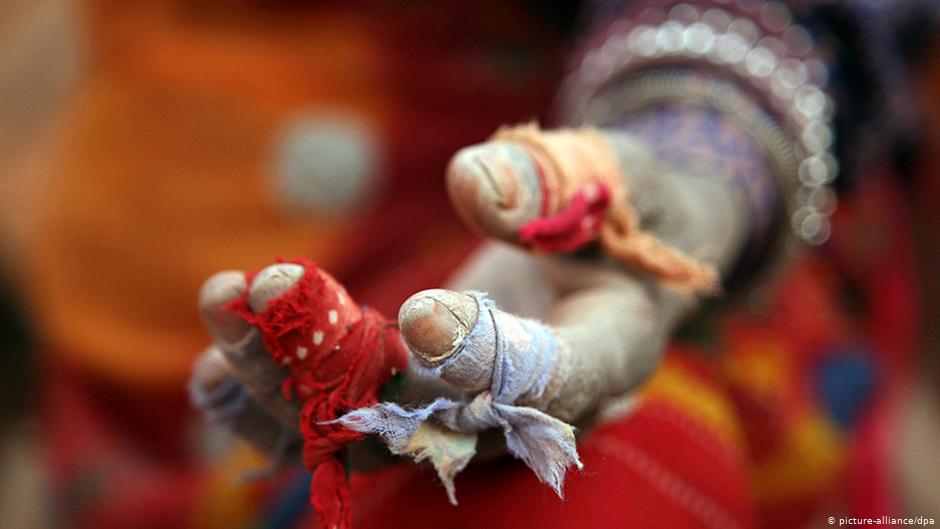
-
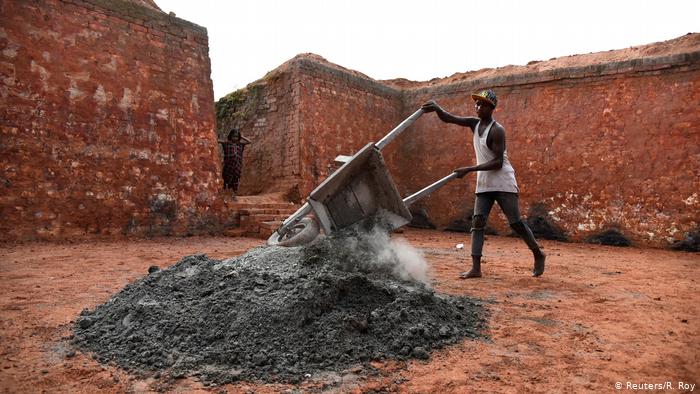
Mud and dung: in many places in India bricks are still produced in the traditional way - in small kilns like this one in Langopola, a village in eastern India. Here a worker dumps the raw material into a pile, a mixture of mud and cow dung -
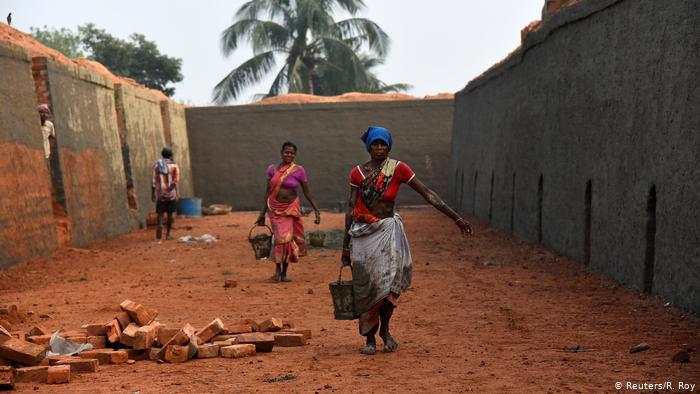
A heavy burden: women lug buckets full of the clay mixture to the next production step. The work takes place outdoors at temperatures that are often above 30 degrees in the shade -
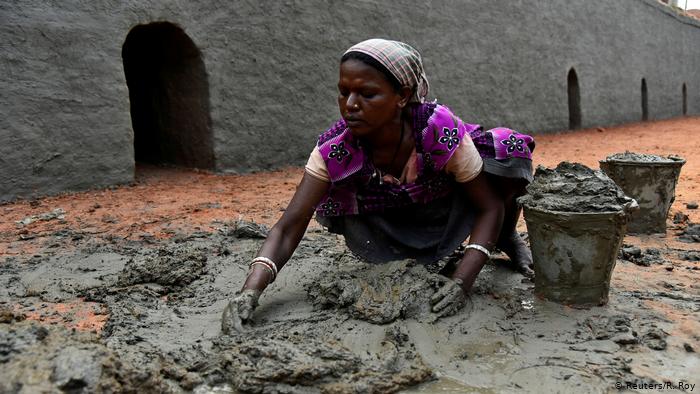
A truly dirty job: a worker fills buckets with the muddy mixture. Women are the ones who do this dirty and physically exhausting work. Many brick works also employ children – despite the fact that child labour is officially prohibited in India -
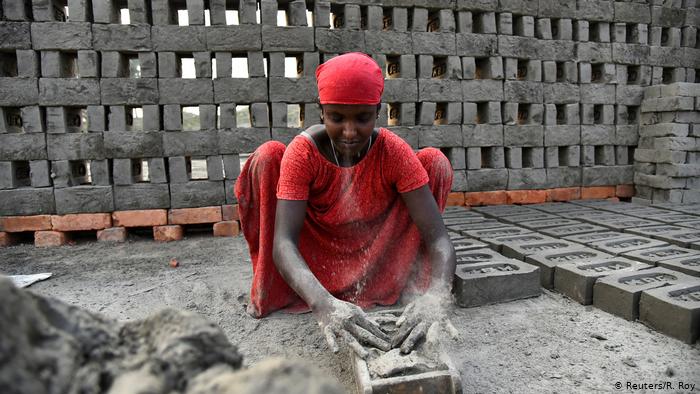
Moulded by hand: the worker rubs the brick mould dry with sand, before filling it with the moist clay mixture. Then she knocks out the green brick and places it next to all the others she has already formed – hundreds of them every day. The bricks are then pre-dried in the sun before being fired in the kiln -
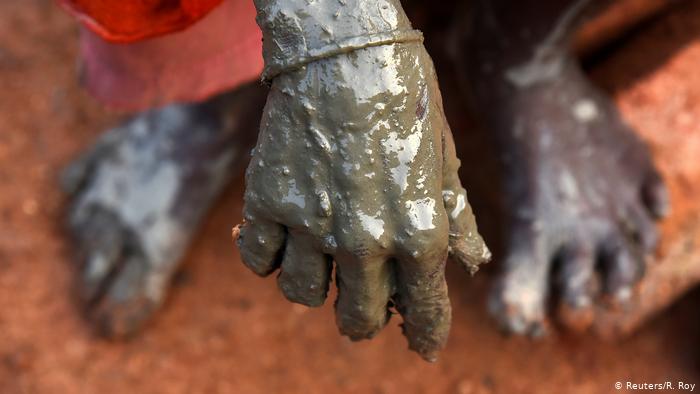
No gloves: the mixture of mud and cow dung is not kind to hands, clothes or feet. The skin becomes brittle and cracked. Even more serious are the effects of the drudgery on the workers' muscles, tendons and bones -
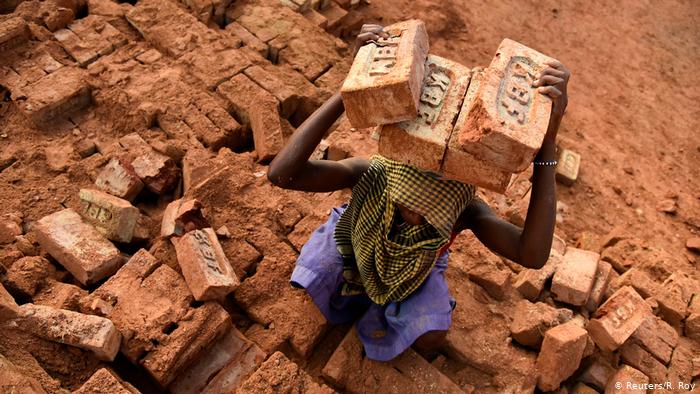
Just don't drop them: after firing, the bricks are again carried by the women for loading. Occupational safety measures – a matter of course in more developed countries – do not exist here. Medical care for injuries is also inadequate -

Hard graft for little return: there are said to be around 100,000 brickworks in India. Several million people are forced to earn their living this way. Often whole families will be employed by a kiln, because it is the only way to eke out a living
https://qantara.de/en/node/22043
Link
To all image galleries
